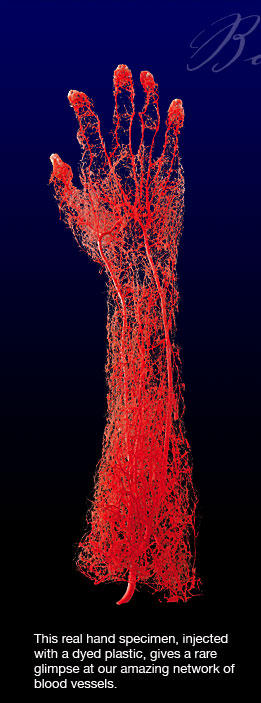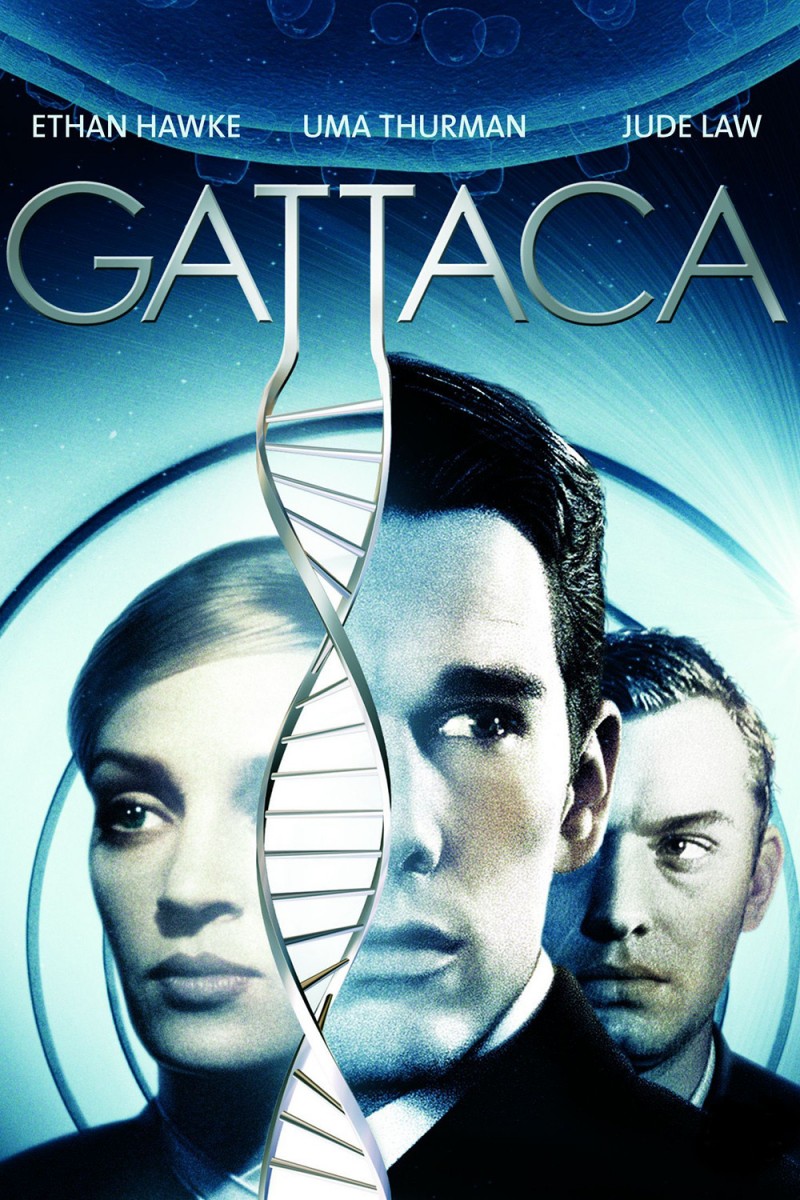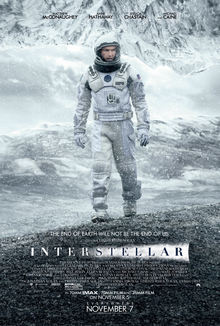 Last Thursday Night I attended an event at the UCLA Art-Science center. It was called LASER (Leonardo Art Science Evening Rendezvous), and it was co-sponsored by the California NanoSystems Institute and Leonardo/ISAST, the International Society for the Arts, Sciences, and Technology. This event covered the idea of the "third culture" as the intersection between art and science, and what it means in our culture today. All the panelists had their own unique interpretations of how they experienced the "third culture."
Last Thursday Night I attended an event at the UCLA Art-Science center. It was called LASER (Leonardo Art Science Evening Rendezvous), and it was co-sponsored by the California NanoSystems Institute and Leonardo/ISAST, the International Society for the Arts, Sciences, and Technology. This event covered the idea of the "third culture" as the intersection between art and science, and what it means in our culture today. All the panelists had their own unique interpretations of how they experienced the "third culture."In the lectures of week 1, Professor Vesna discussed the idea of a "third culture" - she mentioned how CP Snow first coined the term "Two Cultures" in reference to the gap between humanities and the sciences, and how this exacerbates a divide between the rich and the poor. CP Snow argues, however, that a third culture will emerge in the form of technological advancements. These new technologies will enable art and science to work together, and this idea was very evident in the LASER event.
 For example, one of the speakers at the panel presented his dissertation, in which he focused on object permanence (the ability to now that an object exists even when it is occluded from our sight). His research was conducted using artistic techniques and videos, even though the subject he was presenting is highly scientific. This is a perfect demonstration of how technology serves as a bridge between science and art. Additionally, another panelist discussed how technology has allowed her to express art forms that mirror the emotions she feels. Because she is physically distant from her daughter and they live in different parts of the country, she feels emotionally torn and expresses this through video and sound montages that reflect her feelings in the passage of time. With so many new technologies and softwares, we are able to express our emotional experiences in new ways and perhaps understand the experiences of others on a deeper level. LASER forced me to look at art through a different perspective. I realized that as mediums of art and science continue to evolve, through technological advancements, so will the expressions of artists evolve.
For example, one of the speakers at the panel presented his dissertation, in which he focused on object permanence (the ability to now that an object exists even when it is occluded from our sight). His research was conducted using artistic techniques and videos, even though the subject he was presenting is highly scientific. This is a perfect demonstration of how technology serves as a bridge between science and art. Additionally, another panelist discussed how technology has allowed her to express art forms that mirror the emotions she feels. Because she is physically distant from her daughter and they live in different parts of the country, she feels emotionally torn and expresses this through video and sound montages that reflect her feelings in the passage of time. With so many new technologies and softwares, we are able to express our emotional experiences in new ways and perhaps understand the experiences of others on a deeper level. LASER forced me to look at art through a different perspective. I realized that as mediums of art and science continue to evolve, through technological advancements, so will the expressions of artists evolve.Sources:
"LASER [Leonardo Art Science Evening Rendezvous]." Home Page. Web. 23 Apr. 2016.
LASER Event, UCLA. Personal photograph by author. 2016.
LASER Event Selfie, UCLA. Personal photograph by author. 2016.
Snow, C. P. “Two Cultures and the Scientific Revolution.” Reading. 1959. New York: Cambridge UP, 1961. Print.
Vesna, Victoria. “Toward a Third Culture: Being in Between.” Leonardo 34.2 (2001): 121-25. Web.















